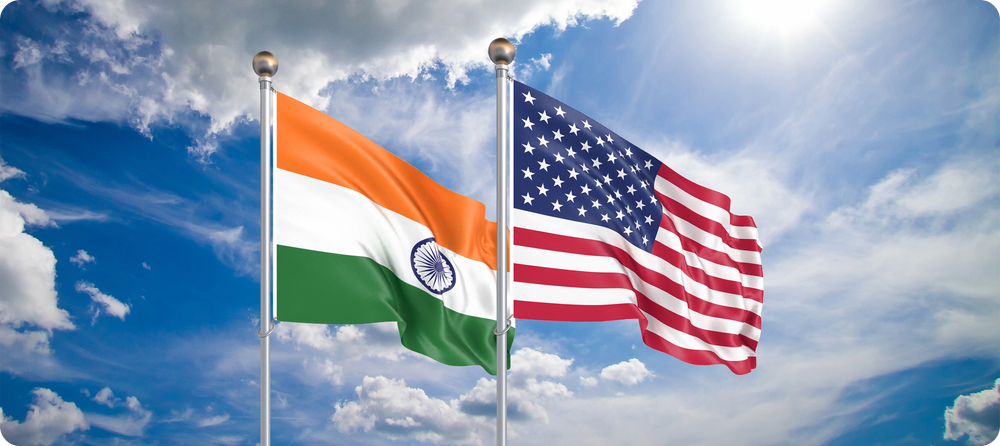Immigration lawyer Carolyn Lee proposes a solution to the EB-5 backlog, one she declares “harms none and benefits all”: prioritize the processing of I-485 applications filed by nonimmigrant status-holders living in the U.S; many of this group are Indian EB-5 investors. Lee claims such a solution would help reduce the EB-5 backlog going forward, and revive demand for the program.The EB-5 backlog is a major issue for the industry. Without changes to regulations, what can be done in 2021 to make a meaningful difference to the number of immigrant investors who are waiting in line for their Green Card visas?Attorney Carolyn Lee believes she has an answer that can help everyone: USCIS should take its visa-availability approach one step further and prioritize the adjudication of I-485 applications filed by nonimmigrant status-holders.“Doing so will liberate years’ worth of EB-5 visas, optimizing allocation of precious numbers. Without such efforts, thousands of EB-5 visas will again be wasted this fiscal year.”
More EB-5 visas for 2021 — but unused visas will be lost forever
2021 is an extraordinary year for EB-5 in terms of available visas; in most years, the program has about 10,000 visas that can be issued, but due to a spillover of unused family-based visas, EB-5 has 18,500 this year. But if all of these visas are not used this fiscal year, the extra visas will be lost forever.As USCIS is now following a visa-availability approach for processing visas, it would not be looking to prioritize the adjudication of Chinese or Vietnamese petitions. That leaves about 18,000 EB-5 applicants at USCIS, with close to 5,000 being Indian investors. While the numbers are not published, Lee estimates the majority of Indian investors are already in the U.S. and thus looking to adjust status. To prioritize I-485 petitions this year would use up many of the extra visas EB-5 has available but only for this year.
‘This solution feels right and good’ and is the U.S. best interests
Lee doesn’t just look at this as a numbers game. “This solution feels right and good,” she asserts. She points out that many Indian EB-5 investors have spent their entire adult lives in the U.S. becoming highly educated and contributing to American society. Many of these Indians are doctors, some combating COVID-19, and as such helping these people is in the best interests of the America right now.
This also helps the Chinese and Vietnamese backlog
Beyond helping Indian investors and the U.S. overall, Lee points out that using the larger cache of EB-5 visas this year will go a long way to helping the worldwide EB-5 situation; it would help more future visas go to Chinese and Vietnamese investors, who are mired in a huge backlog.And shorter lines means greater interest in EB-5 from future investors. Lee states the obvious but paramount fact: “Sensibly reviving EB-5 demand is industry priority one.”We have a new administration, a new year, and a new and greater number of EB-5 visas. Can we get USCIS to follow a new way of thinking to make things better for everyone?Read the Lee article “Cure for EB-5 Backlog 2021: Prioritize Adjustment of Status for Indian Investors”





